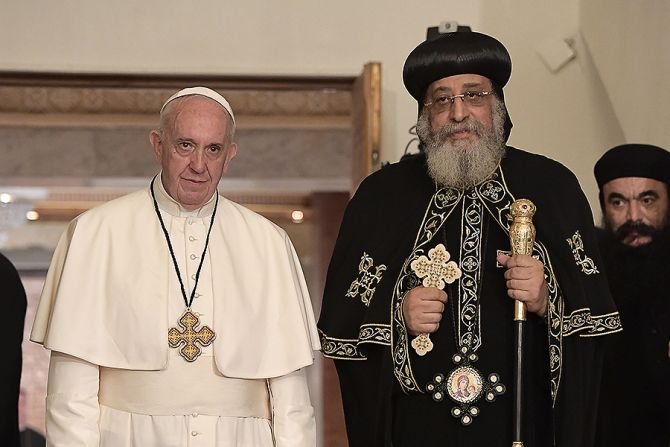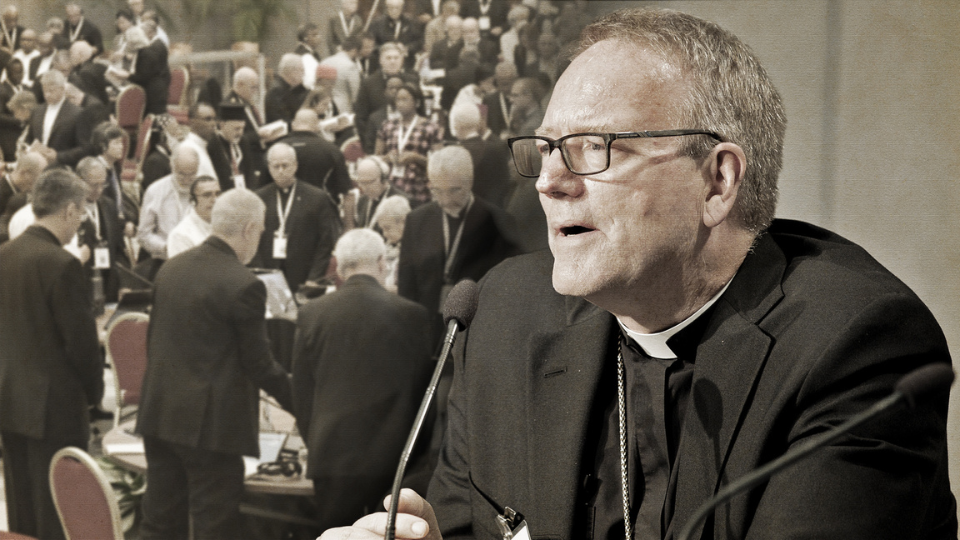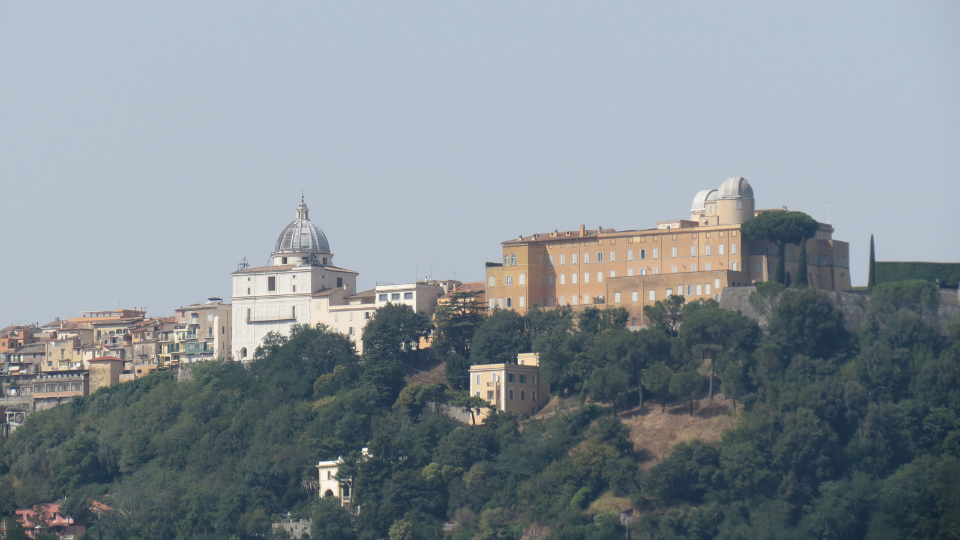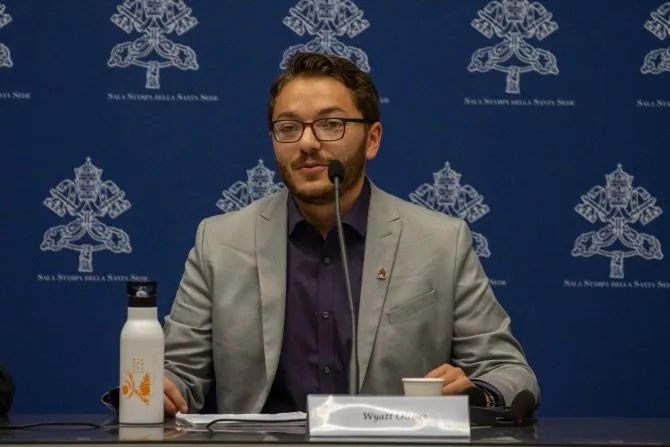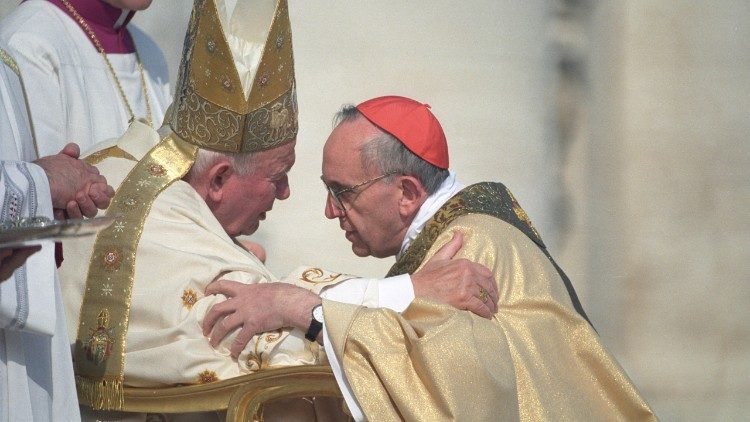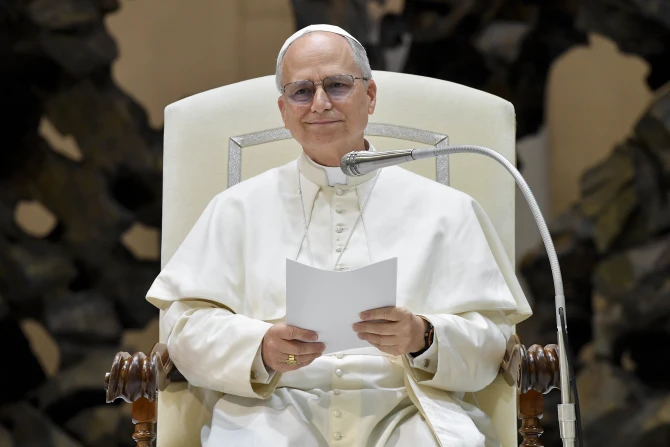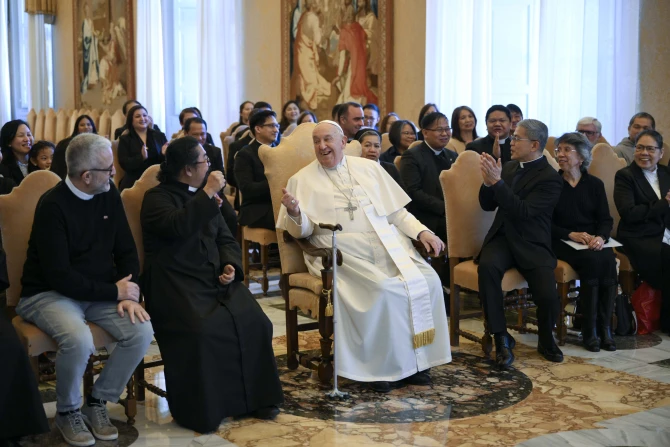The head of the Coptic Orthodox Church of Alexandria, Pope Tawadros II, will celebrate a liturgy in the Papal Basilica of St. John Lateran on Sunday to mark 50 years of renewed relations between the Catholic and Coptic Orthodox Churches.
Tawadros II’s visit to Rome this week marks the 50th anniversary of a historic encounter between St. Paul VI and Pope Shenouda III of Alexandria in 1973.
Tawadros II, 70, is the 118th pope of Alexandria and patriarch of the See of St. Mark, the leader of the Coptic Orthodox Church of Alexandria. There are an estimated 10 million Coptic Orthodox Christians in the world, roughly 90% of whom live in Egypt.
While in Rome, Tawadros will attend Pope Francis’ public audience on Wednesday, May 10.
Pope Francis will also receive Tawadros for a private meeting on Thursday. According to the Vatican Secretariat of State, the May 11 meeting will include a moment of prayer.
Tawadros will also visit the Vatican’s Christian unity office.
On Sunday he will meet with Coptic Christians living in Rome. There are an estimated 1,000 families in the Coptic Orthodox Diocese of Rome.
According to the Secretariat of State, Tawadros will celebrate the Orthodox Divine Liturgy at the Papal Basilica of St. John Lateran at 9 a.m. on May 14.
Father Martin Browne, an official at the Vatican Dicastery for Promoting Christian Unity, told the National Catholic Register on April 21 that this is to be distinguished from the unapproved Anglican service that took place recently in the same basilica. The Catholic Church recognizes the Orthodox Church’s sacraments as valid.
On May 10, 1973, St. Pope Paul VI and Tawadros’ predecessor, Pope Shenouda III of Alexandria, signed a joint declaration that marked a major development in relations between the Latin Catholic Church and the Coptic Orthodox Church.
“We have met in the desire to deepen the relations between our Churches and to find concrete ways to overcome the obstacles in the way of our real cooperation in the service of our Lord Jesus Christ,” the 1973 declaration states.
“We humbly recognize that our Churches are not able to give more perfect witness to this new life in Christ because of existing divisions which have behind them centuries of difficult history,” it continued. “In fact, since the year 451 A.D., theological differences, nourished and widened by non-theological factors, have sprung up. These differences cannot be ignored.”
“In spite of them, however, we are rediscovering ourselves as Churches with a common inheritance and are reaching out with determination and confidence in the Lord to achieve the fullness and perfection of that unity which is His gift,” the joint declaration said.
This article was originally published on Catholic News Agency.

